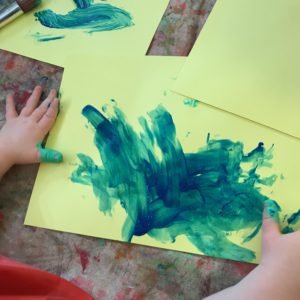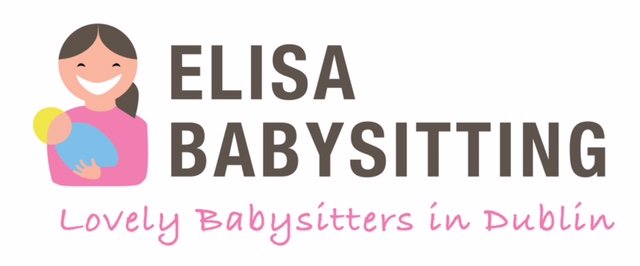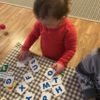
Arts and Crafts
Sometimes around the age of three and a half or four, children begin to give names to the marks they are making. The child may not start a drawing with a subject matter in mind, but the mark often mean something to the child, which gives him thought for further scribbles. There is no doubt in the child’s mind that the naming of these marks defines them clearly, for himself and any observer who happens to be nearby. The serious intent with which children draw makes it obvious that these marks are very important and should be treated with respect
 Greater control of the materials is needed for painting than for using fibre-tipped pens, crayons, or pencils. The big brush, the fluid paint that needs to be transferred from container to paper and the sometimes nearly vertical position of the painting surface, all require a more complete mastery of the process. This means that controlled scribbling continues for a longer time with painting than with more easily controlled materials.
Greater control of the materials is needed for painting than for using fibre-tipped pens, crayons, or pencils. The big brush, the fluid paint that needs to be transferred from container to paper and the sometimes nearly vertical position of the painting surface, all require a more complete mastery of the process. This means that controlled scribbling continues for a longer time with painting than with more easily controlled materials.
The child’s visual awareness of the environment begins to play an important part during this stage of early representation, because he now has the ability to recall visual images.
Types of Painting:
- Brush painting
- Sponge painting
- Blow painting
- Blob/fold painting
- Bubble painting
- Hand painting
- Finger painting
- Feet painting
- Candle/wax crayon painting
- Potato/vegetable painting
- Object printing
- String painting







